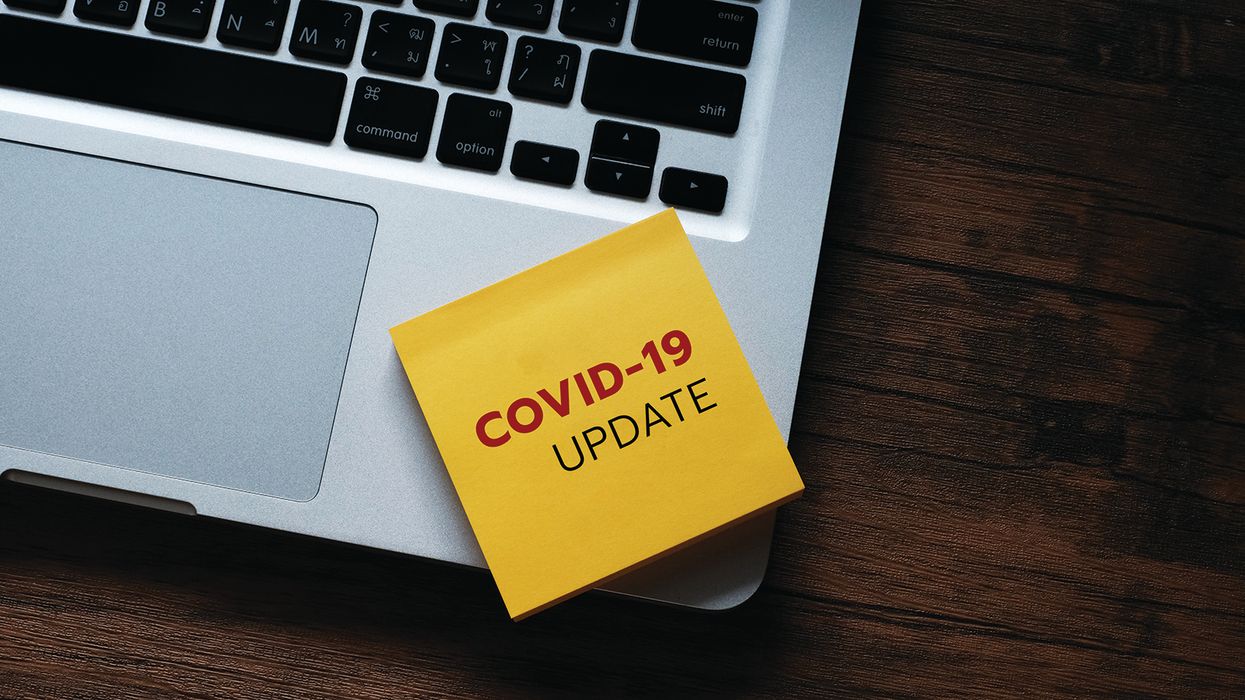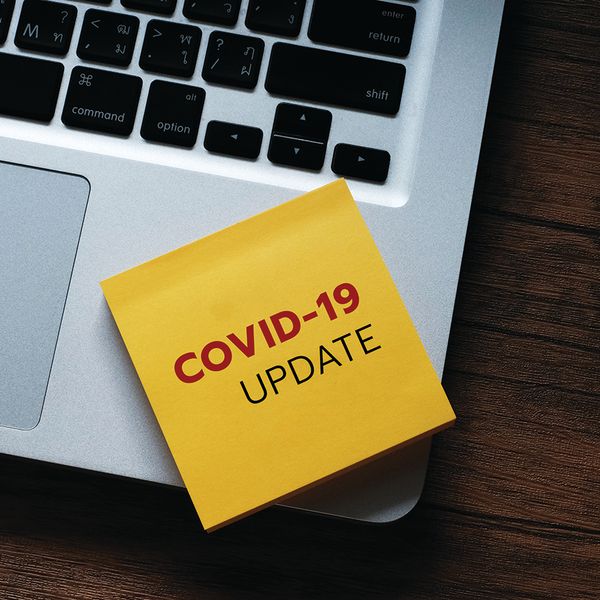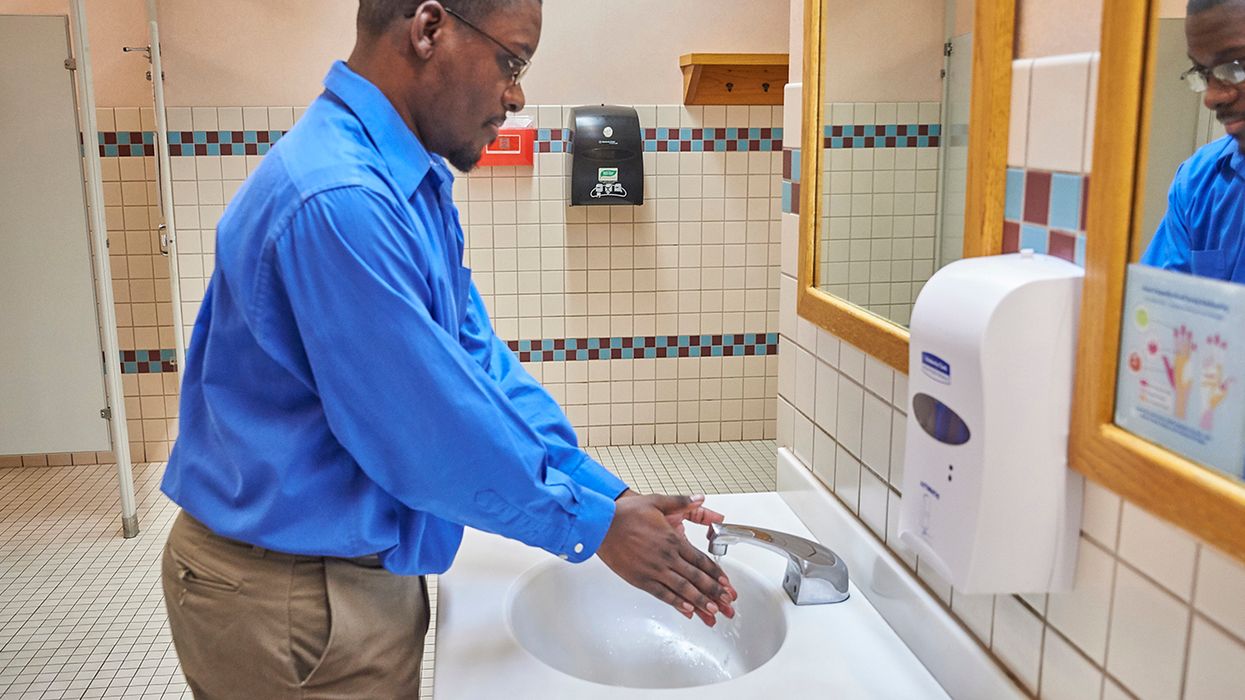NewsDiseases and illnessesPandemic FluEmployee RelationsTraining & DevelopmentUSAHuman ResourcesHR ManagementEnglishIndustry NewsIndustry NewsRecordkeepingInfectious DiseasesInfectious DiseasesCOVID-19HR GeneralistFocus AreaMedical ExaminationsDisabilities and ADADisabilities and ADAReasonable Accommodations
EEOC chimes in on COVID updates as public health emergency ends
2023-05-18T05:00:00Z
The COVID federal public health emergency ended May 11. In response, the U.S. Equal Employment Opportunity Commission (EEOC) updated its COVID technical assistance, “What You Should Know About COVID-19 and the ADA, the Rehabilitation Act, and Other EEO Laws.”
Employers, however, should not assume they no longer have COVID-related accommodations to consider.
The EEOC reminds employers of their rights and obligations in the following:
- Employee illness: If an employee calls in sick, employers may ask whether the employee has COVID or common symptoms of COVID as identified by the Centers for Disease Control and Prevention (CDC).
- Doctor’s note: The Americans with Disabilities Act (ADA) allows employers to require a note from a qualified medical professional explaining that it is safe for the employee to return (i.e., no risk of transmission) and that the employee is able to perform the job duties.
- Recordkeeping requirements: The ADA requires that employers store all employee (and applicant) medical information separately from the employee’s personnel file, thus limiting access to this confidential information. Employers may store all medical information related to COVID in existing medical files. This includes an employee's statement that the employee has the disease or suspects so, or employer notes or other documentation from questioning an employee about symptoms. Similarly, employers must treat information about an employee having Long COVID confidential.
- Reasonable accommodations: Some common examples of possible reasonable accommodations for Long COVID include a quiet workspace, use of noise cancelling devices, and uninterrupted worktime to address brain fog; alternative lighting and reducing glare to address headaches; rest breaks to address joint pain or shortness of breath; a flexible schedule or remote work to address fatigue; and removal of “marginal functions” that involve physical exertion to address shortness of breath.
- Workplace options: Employers may ask employees if any reasonable accommodations might be needed before returning to the workplace.
- Accommodation changes: Employers may not automatically end an employee’s reasonable accommodations that were provided due to pandemic-related circumstances. Employers may, however, evaluate accommodations that were granted during the public health emergency. Then, in consultation with the employee, employers may assess whether the employee continues to need a reasonable accommodation based on individualized circumstances.
- Medical documentation: When an employee requests a reasonable accommodation related to COVID or Long COVID under the ADA, employers may request supporting medical documentation before granting the request, as long as the condition is not obvious or already known.
- Harassment prevention: Employers should continue to watch for COVID-related harassment of applicants or employees with a disability-related need to continue wearing a face mask or take other COVID precautions at work.
Key to remember: Just because the public health emergency is over doesn’t mean that employers won’t continue to run into COVID-related issues.


















































